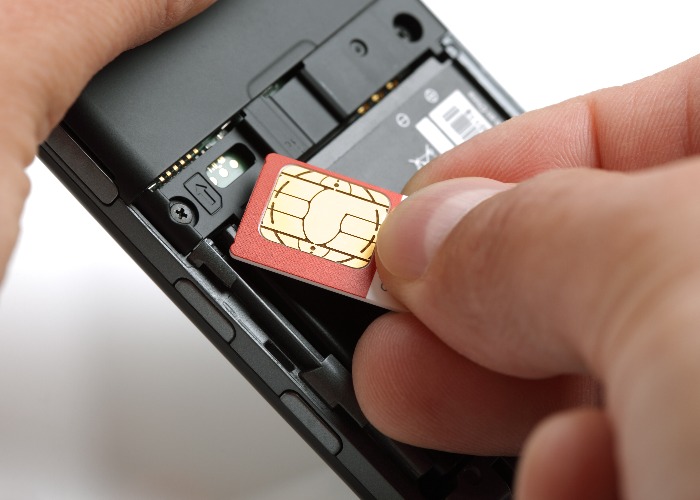Fraudsters have found a new way to use your mobile phone to empty your bank account.
NatWest has warned its online banking customers about the rising threat of SIM-swap fraud. This is a type of mobile phone fraud which gives scammers access to all areas of your mobile phone and, ultimately, your bank account.
The SIM is the small card in your phone containing your phone number, contact numbers and other data. If you get a new handset, then you may need to make use of a SIM-swap service, which allows you to keep your existing phone number but change between different SIM sizes.
However, SIM-swap is being targeted by fraudsters as it can provide them with the ability to use your mobile phone number, receive and make calls, and receive and send texts.
Scarier still, SIM-swap could even lead to fraudsters emptying your bank account.
How does SIM-swap work?
SIM-swaps are conducted by mobile phone providers either via requests in their shops, on their websites or verbally via call centres. You might go through the SIM-swap process if you buy a new handset and it requires a SIM that is a different size than your previous phone.
However, criminals have found a way to tap into this process. First of all, they get hold of your personal details; things like your name, address and date of birth. They may be able to do this simply through the information you share on social media, by making use of a phishing scam, or conning you into downloading some malware.
The scammers will then initiate the SIM-swap by posing as you, and reporting the phone as lost or stolen. Once the fraudster has a working SIM for your phone number, your phone will stop receiving calls and texts and you’ll be unable to use data. You might not notice straight away – if it happens while you’re asleep, for example. Or you might live in an area with patchy reception and suffer regular outages.
While you’re wondering what’s wrong with your phone, the next stage of the con begins.
Earn 5% from your current account
Message interception
[SPOTLIGHT]To steal money, the hackers also need access to your bank details. They may have got their hands on this through the phishing scams or malware mentioned already, but they may also have simply bought your information online from criminal gangs. For more on how this works, read How hackers buy and sell your details.
In some cases, criminals open a second account, often a business account, in the victim’s name. They do this because some banks make fewer security checks if the account holder is already a customer.
They can then make use of the swapped SIM to steal your money, by moving the cash from your account to the newly opened one.
Banks often use text messages to send customers codes which are needed to authorise large online bank transfers, acting as a one-time PIN or password. With the fraudster receiving these texts, rather than you, they can approve their own requests for money to be transferred out of your account.
How can you protect yourself against SIM-swap fraud?
Firstly, be suspicious if your mobile stops working. If you can’t receive or make calls, or send texts, contact your phone provider.
When it comes to your PC, always make sure you have the latest anti-virus software installed and that your firewall is switched on. Be wary of any emails asking for personal details, or purporting to be from your bank.
It’s easier said than done, but don’t use the same password for everything and mix passwords up with numbers, different cases and punctuation marks. Avoid passwords that are easy to guess such as your pet or partner’s name.
Wherever possible, avoid putting the answers to possible security questions – such as your favourite film – on social media. Fraudsters may use these answers to access your account via the 'Forgot Password' link.
Earn 5% from your current account
Be better off with loveMONEY:
How to get free life insurance
